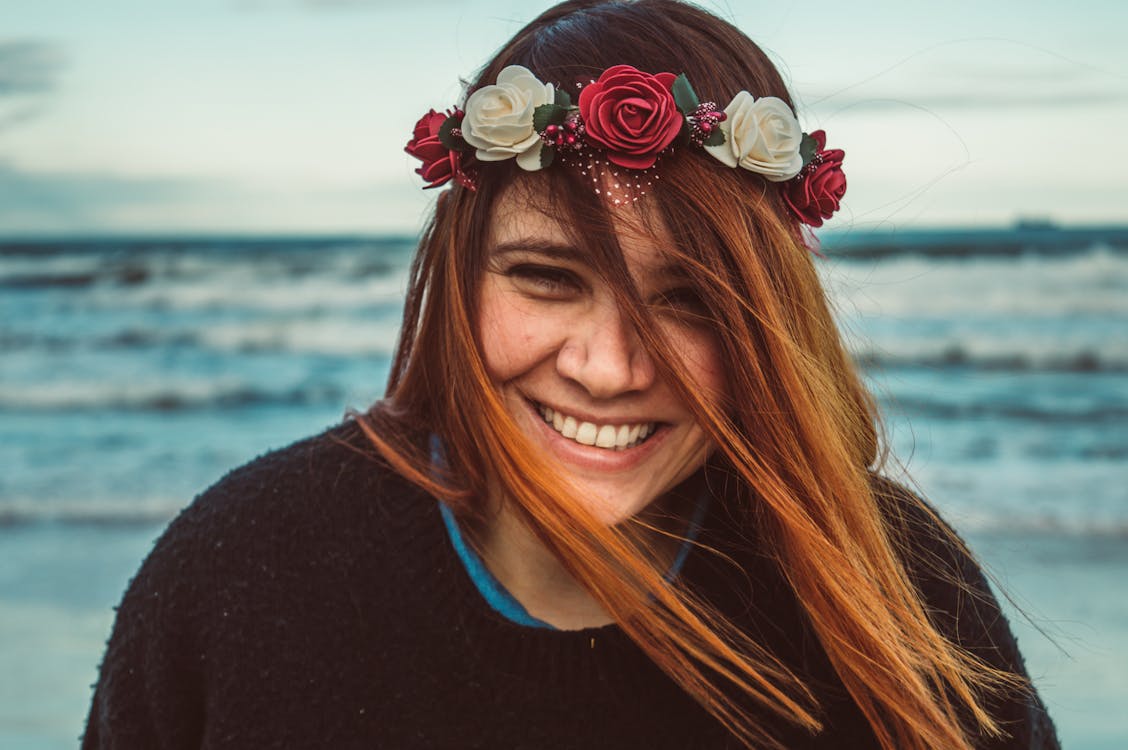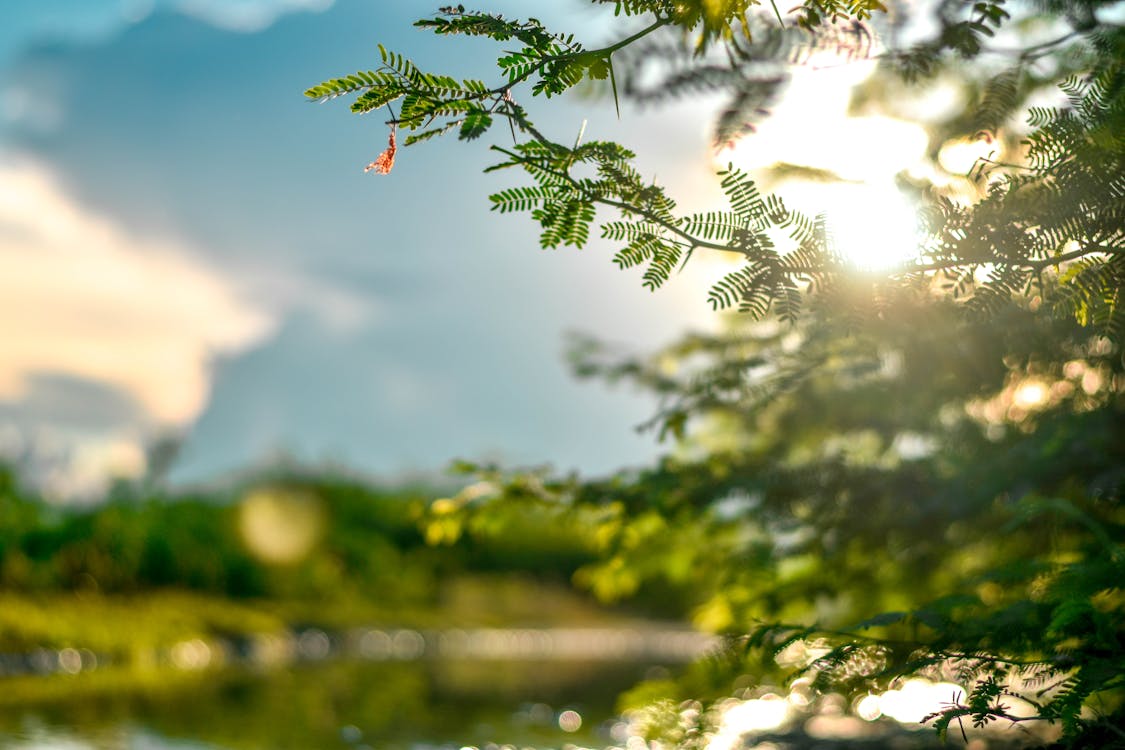Photography is a captivating art form that allows us to freeze moments in time, capturing emotions and scenes that linger forever. One of the essential concepts in photography is Depth of Field (DOP). In this article, we will delve into the world of DOP in photography, exploring its significance, how it’s achieved, and its impact on visual storytelling.
DOP in Photography
When we capture an image with a camera, we’re essentially freezing a moment in time. But how do we ensure that the subject of our photo stands out while the background gracefully blurs away? This is where the concept of Depth of Field (DOP) comes into play.
What is DOP?
Depth of Field refers to the range of distance within a photograph where objects appear acceptably sharp. In other words, it’s the area in front of and behind the main subject that is in focus.
The Role of DOP in Photography
DOP is a powerful artistic tool that photographers use to guide the viewer’s attention. By controlling what’s in focus and what’s not, photographers can create stunning visual effects that enhance their storytelling.

The Importance of Depth of Field
DOP is a powerful tool that photographers use to influence how a viewer perceives an image. By adjusting the depth of field, photographers can isolate subjects, add dimensionality, and evoke specific emotions. Whether it’s capturing the intricate details of a flower petal or highlighting a subject against a dreamy Photography Background Color, DOP is the key to visual impact.
Directing Viewer Attention
DOP allows photographers to direct the viewer’s gaze. By making the subject sharp and the background blurry, the viewer’s eye is naturally drawn to what’s important in the photo.
Creating Dimensionality
In photography, depth is often an illusion. DOP helps create a sense of depth and dimensionality in an otherwise flat image. It makes the subject pop out, giving it a three-dimensional feel.
Eliciting Emotions
Different levels of DOP can evoke different emotions. A shallow DOP can create an intimate, romantic mood, while a deep DOP can capture the vastness of a landscape.
Understanding Aperture and DOP
At the heart of controlling DOP is the camera’s aperture, which is the opening that allows light to enter the camera. The size of this opening can dramatically affect the depth of field in your photos.
Aperture Explained
Aperture is measured in f-stops. A low f-stop number (e.g., f/1.8) indicates a wide aperture, while a high number (e.g., f/16) means a narrow aperture.
How Aperture Affects DOP
A wide aperture (low f-number) results in a shallow DOP, where the subject is sharp, and the background is blurry. A narrow aperture (high f-number) creates a deep DOP, where both the subject and the background are relatively sharp.
Achieving Shallow Depth of Field
To achieve a shallow depth of field, open the aperture wide. This technique is commonly used in portrait photography, where the subject is sharp while the background melts into a creamy Photography Background Color blur. Shallow DOP adds an artistic touch, making the subject stand out and creating a captivating visual contrast.
Wide Aperture and Shallow DOP
To achieve a shallow DOP, use a lens with a wide aperture. The wider the aperture, the shallower the DOP.
Artistic Uses of Shallow DOP
Shallow DOP can be used to isolate a subject from its surroundings, creating a strong focal point that captures the viewer’s attention.
Factors Affecting Depth of Field
Several factors influence DOP, and understanding them can help you achieve your desired effect.
Focal Length and DOP
The focal length of your lens also plays a role in DOP. Longer focal lengths (telephoto lenses) tend to have a shallower DOP compared to shorter focal lengths (wide-angle lenses).
Camera-Subject Distance
The closer your subject is to the camera, the shallower the DOP becomes. This is particularly noticeable in macro photography.
Sensor Size and DOP
Cameras with larger sensors tend to have a shallower DOP at the same aperture compared to cameras with smaller sensors.

DOP in Different Photography Styles
The application of DOP varies across different photography genres.
DOP in Macro Photography
In macro photography, shallow DOP can help isolate a tiny subject while blurring the background, showcasing intricate details.
DOP in Street Photography
Street photographers use DOP to highlight a subject within a busy urban environment, creating a clear separation between the subject and the surroundings.
DOP in Wedding Photography
Wedding photographers use DOP to capture the emotions of the couple while softening the distractions in the background.
DOP in Wildlife Photography
Wildlife photographers use DOP to isolate animals from their natural habitats, making the subject stand out against the surroundings.
Equipment for Manipulating DOP
While understanding the technical aspects is important, having the right equipment can greatly enhance your control over DOP.
Prime Lenses
Prime lenses with wide maximum apertures (e.g., f/1.4) are excellent for achieving shallow DOP and creating beautiful background blur.
Telephoto Lenses
Telephoto lenses allow you to achieve a shallow DOP even from a distance, making them a favorite among wildlife photographers.
Accessories for DOP Manipulation
Extension tubes and close-up filters can be used to get closer to the subject, decreasing the depth of field even further.
Mastering DOP: Tips for Beginners
If you’re new to photography, mastering DOP might seem overwhelming. Here are some tips to get you started.
Aperture Priority Mode
Switch your camera to Aperture Priority (A/Av) mode and experiment with different aperture settings to see how they affect DOP.
Experimenting with DOP Settings
Don’t be afraid to experiment with different DOP settings. Take photos with both shallow and deep DOP to understand their visual impact.
Comparing DOP and Bokeh
Bokeh and DOP are related concepts, but they refer to different aspects of a photograph.
Distinguishing DOP and Bokeh
DOP refers to the range of sharpness within an image, while bokeh pertains to the quality of the out-of-focus areas, often appearing as soft circles of light.
Their Combined Impact on Imagery
Both DOP and bokeh contribute to the overall aesthetic and mood of a photograph. The interplay between a subject in focus and a pleasing bokeh background can create visually compelling images.

DOP: Beyond the Technicalities
DOP is not just a technical aspect of photography; it’s a tool of artistic expression.
DOP as Visual Communication
By selecting the right DOP, photographers can guide the viewer’s emotions and thoughts. Whether it’s drawing attention to a subject or setting a specific mood, DOP is a language that photographers speak through their images.
Crafting Emotive Visual Narratives
The ability to control DOP is a skill that can take your storytelling to new heights. By thoughtfully choosing how much of your scene is in focus, you can evoke emotions and tell powerful visual stories.
Mastering depth of field is a journey of artistic exploration. By understanding the technicalities of DOP and experimenting with its creative potential, you can transform your photographs from mere snapshots to captivating works of art. Remember that DOP is not just a technical skill—it’s a tool that enables you to convey emotions, stories, and experiences through the art of photography.

